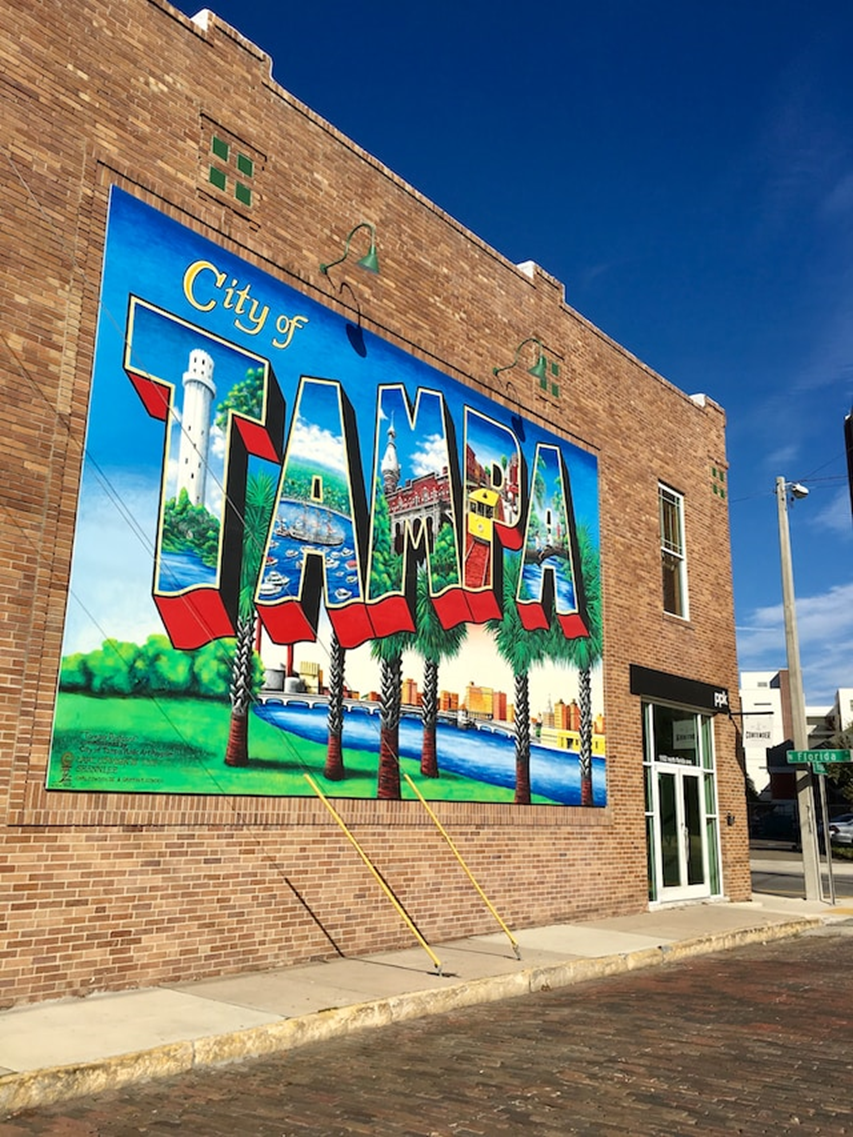There has been a noticeable increase in traffic congestion in urban areas since the 1980s. As metropolitan areas continue to grow, this has become an increasing problem for commuters as the number of commuters increases. You can identify patterns in the traffic patterns and develop strategies to address this problem.
- Understanding traffic patterns
Transportation authorities can use various traffic data sources, including cameras, sensors, and mobile apps, to understand traffic flow and spot congested areas. For example, the central entry point into experiences significant traffic during peak hours as commuters travel to and from the city centre. In the case of the, traffic signal optimisation can help reduce waiting times for vehicles entering or exiting the checkpoint. Ensuring that the signal timing reflects the traffic patterns allows commuters to experience shorter delays and more efficient journeys.
- Improving infrastructure planning
Traffic data analysis can also inform infrastructure planning decisions. For the, traffic data analysis might reveal the need for additional lanes or the construction of a flyover to accommodate the increasing number of vehicles.
- Enhancing traveller information
Another benefit of analysing traffic trends is providing commuters with real-time information about traffic conditions. This can help them plan their route and avoid congested areas. It can also help traffic authorities better plan and manage traffic flow. Analysing traffic data can encourage multimodal transportation, public transit, carpooling, and biking.
- Traffic data analysis
In the case of the, traffic data analysis may highlight a particular intersection or stretch of road that consistently experiences heavy congestion during peak hours. This data can then identify potential solutions to the problem, such as widening the road or introducing traffic lights. Such solutions can then be implemented to reduce traffic congestion and improve traffic flow. Traffic data analysis may highlight a particular intersection or stretch of road that consistently experiences heavy congestion during peak hours.
It could reveal a steady increase in vehicles entering and exiting the checkpoint over time. This data can be used to develop strategies such as widening roads and adding additional lanes to reduce traffic congestion. The data can also be used to identify peak periods and adjust checkpoint staffing accordingly.
The leading causes of these problems are often inadequate infrastructure capacity, lane reductions, poorly timed traffic signals, or lane reductions due to insufficient infrastructure capacity. Such problems can lead to traffic congestion, increased pollution, and decreased quality of life. It is the government’s responsibility to invest in infrastructure to address these issues. Governments must also ensure that traffic laws are enforced and drivers are held accountable for their actions. Additionally, they must provide incentives for people to use public transportation, such as discounts for commuters who use public transportation. It may identify a particular intersection or stretch of road that is consistently congested during rush hour. To alleviate the bottleneck, transportation planners can develop targeted solutions based on the information, such as adding turn lanes, adjusting signal timings, or building flyovers or underpasses. For the Woodlands Checkpoint, traffic data analysis could reveal a steady increase in the number of vehicles entering and exiting the checkpoint over time
Transportation authorities can also plan and adapt their infrastructure and services by analysing traffic data and forecasting future transportation needs. Transportation planners can proactively anticipate commuter needs using historical trends, demographic changes, and economic factors and resolve potential congestion issues.






